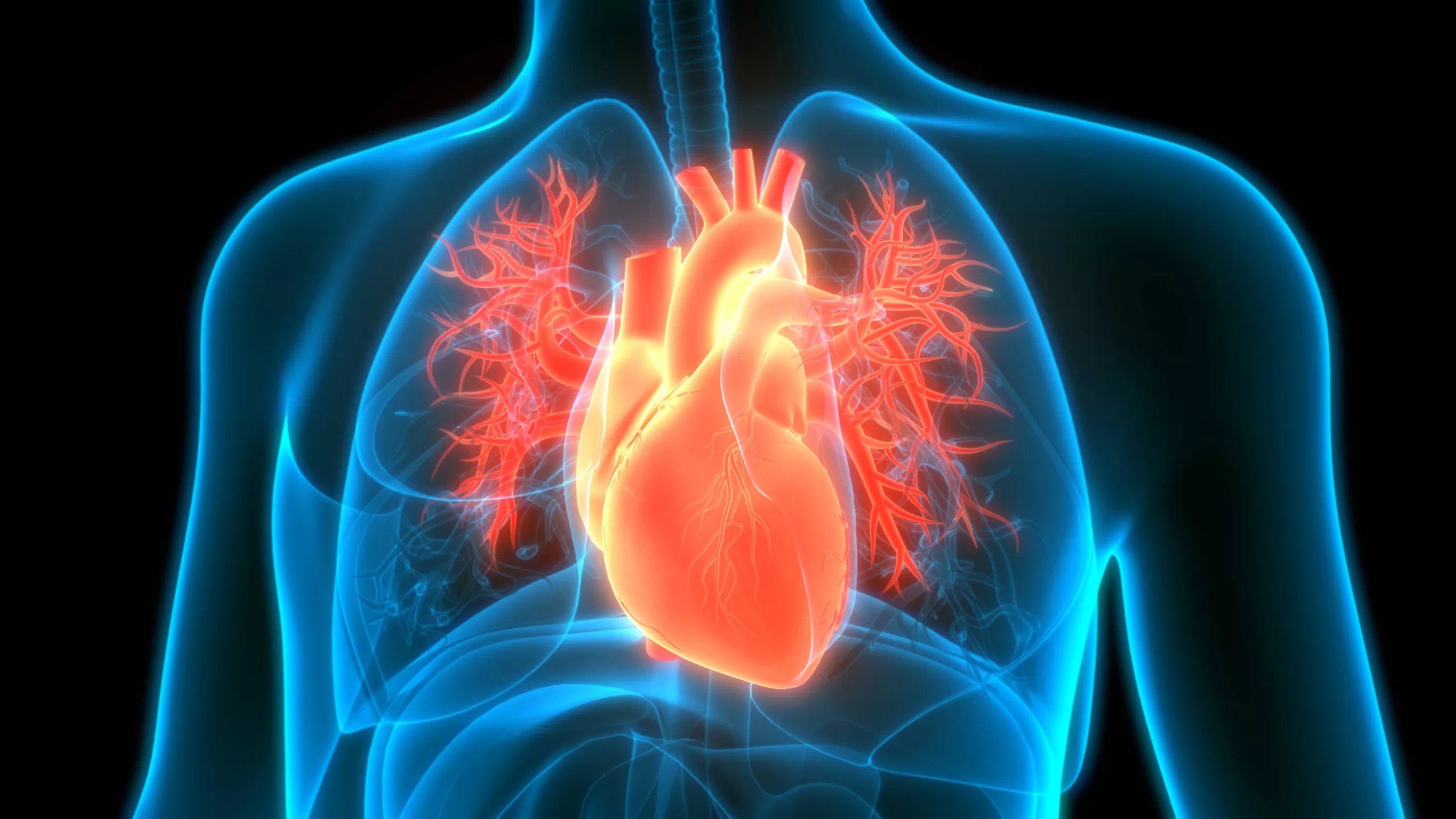The aorta has thick walls that resist normal blood pressure. However, certain medical problems, genetic conditions, or trauma can damage or weaken these walls. The force of blood pressing against weakened or injured walls can cause an aneurysm.
(Keep reading: These are the most serious health problems caused by traffic in cities)
However, some patients may experience symptoms such as chest or upper back pain, abdominal pain, flank pain, weak pulse in one extremity, shortness of breath, persistent cough or hoarseness.
These include abdominal ultrasound, which uses sound waves to create detailed images of the aorta.
Diagnostic tests are crucial to identify an aortic aneurysm. These include abdominal ultrasound, which uses sound waves to create detailed images of the aorta; computed tomography (CT), which provides images in cross sections of the body; magnetic resonance imaging (MRI), which creates detailed images using magnetic fields and radio waves; and angiography, which uses contrast dye to obtain detailed images of blood vessels, including the aorta.
According to Riambau, “at the present time we have two types of techniques to be able to apply to patients who have aortic arisms. One is the traditional or conventional, open surgery, which involves replacing the diseased aortic artery with a vascular prosthesis with a manual structure and which involves major surgery, which involves general anesthesia with blood transfusion and a long operative period of 30 to 40 days”.
The expert points out that the alternative is endovascular surgery, which allows the application of a binding endoprosthesis, catheterization technique without the need to open the patient, only with the endovascular application of vascular prostheses with automatic fixation or self-anchoring.
(You may be interested in: Nocturnal tachycardia: these tips can help you control them)
The truth is that if you have known risk factors, such as a family history of aortic aneurysms, high blood pressure, smoking, heart disease, or vascular disease, it is important to discuss this with a medical professional. This may lead to more regular monitoring and screening tests.
In short, it’s crucial to have routine medical exams and consult with a healthcare professional if you have concerns about your cardiovascular health. Early diagnosis and proper treatment can help prevent serious complications associated with aortic aneurysms.


